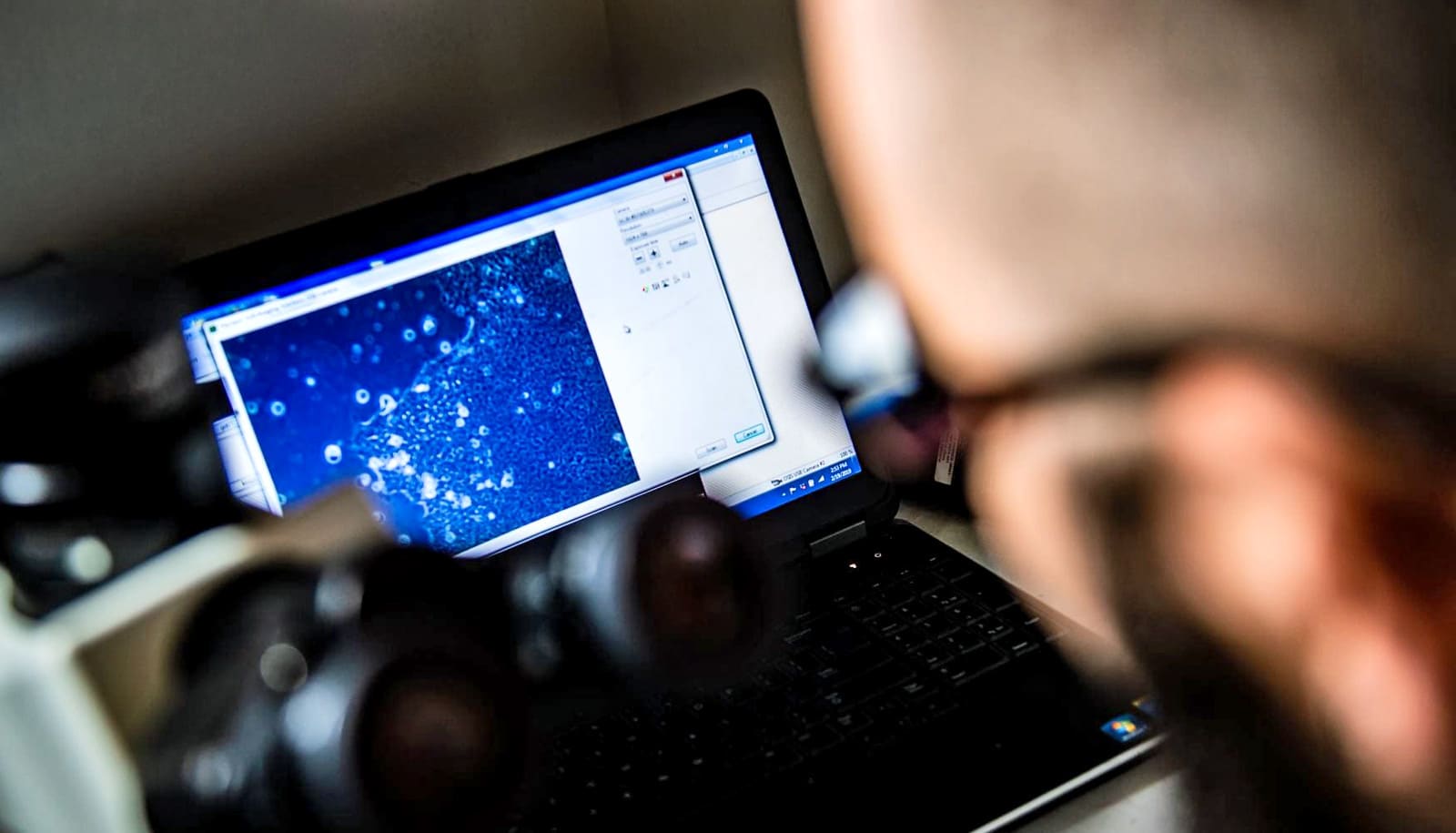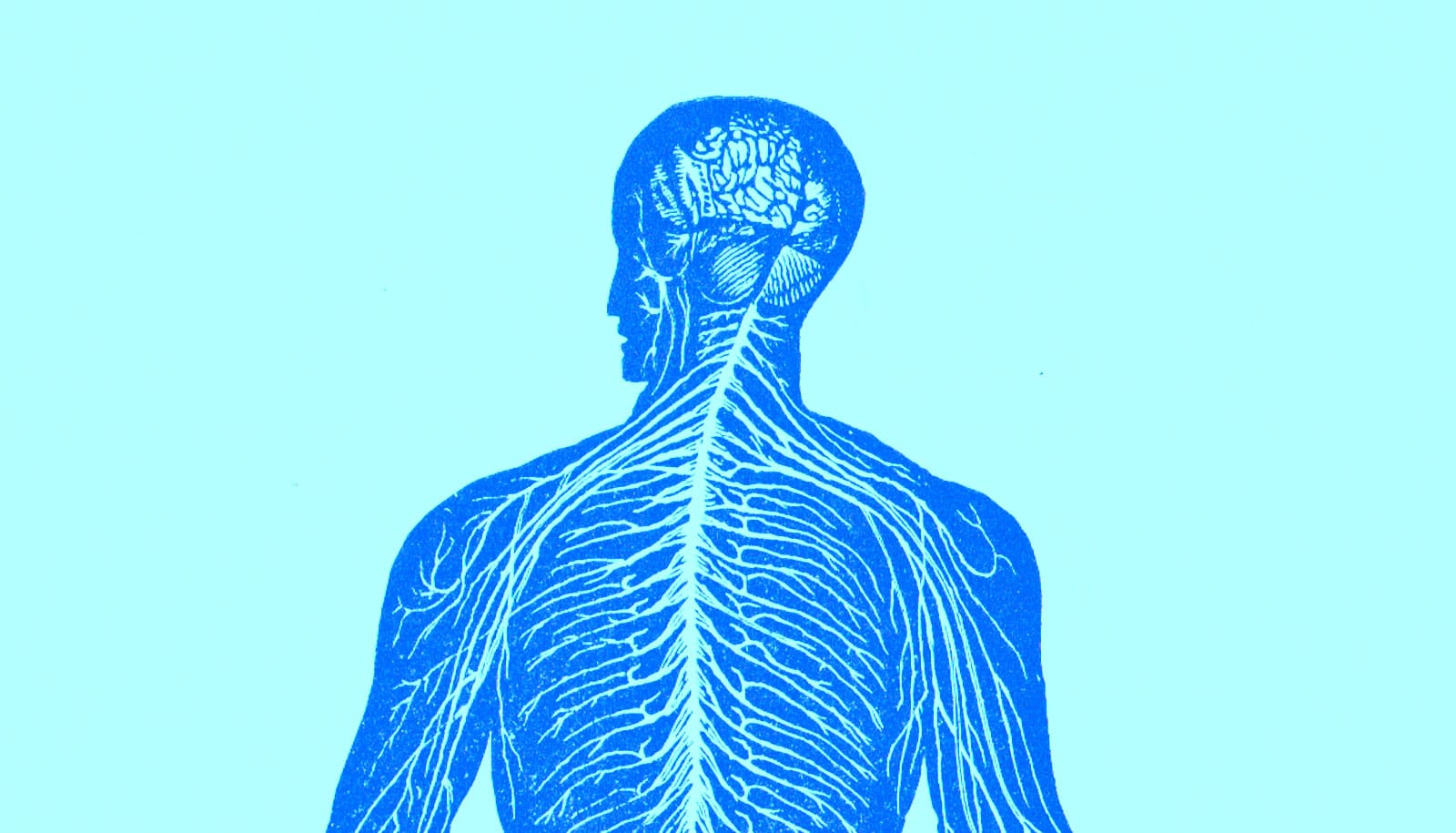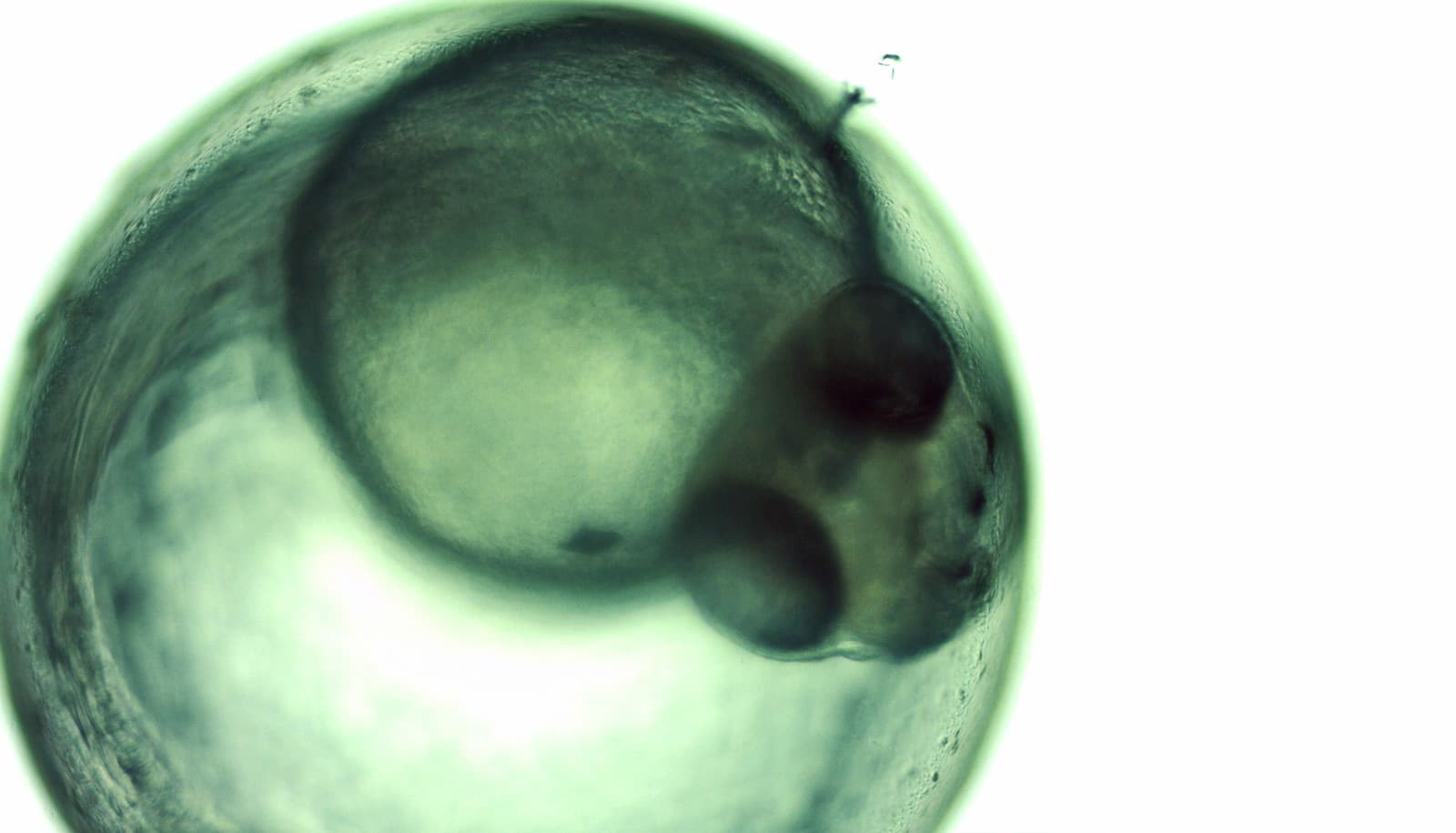How cells in developing embryos communicate depends a great deal on context, report researchers.
A protein signaling pathway known as WNT and its interactions are far more dynamic than once thought, they find, as the response of different cell types to the same signals is dramatically different.
Researchers already knew that WNT, which carries messages across the cell membrane, is central to the early development of organisms and later helps stabilize cells in adults. Now they’re gaining a more complete picture of the pathway’s function.
Near the start of life, WNT signals provide key developmental cues from outside the cell, according to Rice University bioscientist Aryeh Warmflash and graduate student and lead author Joseph Massey. These extracellular WNT signals help direct cell differentiation by triggering beta-catenin proteins that affect gene expression in the cell’s nucleus.
They found the WNT pathway listens for signals from a wider range of triggers than previously known. In addition, while it is influencing the identities of new cell types during embryonic development, those new cell types are themselves beginning to change how they interpret WNT signals.
The study appears in the Proceedings of the National Academy of Sciences.
WNT varies
“We know that cells in development become all the different types of cells in the body,” Massey says.
“To do that in the right place and at the right time, they have to have some kind of positional timing cues, and share information with each other,” he says. “While we’ve known the identity of some of the proteins involved, we haven’t had the tools to understand them.
“In this work, we used modern gene-editing tools to visualize some of these transducer proteins, those in the WNT signaling pathway,” he says.
Warmflash says researchers previously focused on more mature cells. “They said, ‘Oh well, the WNT pathway is probably the same in every cell, so let’s just take the easiest cell to study.’
“We found that’s totally wrong,” he says. “The WNT pathway is different in stem cells and differentiated cells. Cells probably tune the dynamics of the WNT pathway to make it perform different functions in different contexts.”
Stem cells and CRISPR
The lab used cell-culture techniques that Warmflash developed and live imaging of single human pluripotent stem cells to view and collect data on changes in embryonic cultures to a fine degree. To track the changes, they used CRISPR-Cas9 gene editing to tag beta-catenin with green fluorescent proteins and see them accumulate in the nucleus.
“We found that the signaling dynamics—how the cells respond to signaling cues—in pluripotent cells is very different from what happens in some of the other cell types we looked at,” Massey says. “Not only that, whenever pluripotent cells begin to differentiate to a type of cells called the primitive streak, the response to the signal is also very different.”
The primitive streak is a structure that forms early in the development of an embryo, establishes the organism’s bilateral symmetry, and serves as the focal point of gastrulation, where multiple layers of differentiation begin.
“Our research highlights for the first time for this signaling pathway that the dynamics, the way the cells interpret these signals, is very much context-dependent,” Massey says.
Context matters
The researchers investigated some of the causes of these changing dynamics. They found that by altering levels of activin and bone morphogenetic protein (BMP), both members of the TGF beta “superfamily” of growth factor proteins, they were able to change the dynamics of beta-catenin signaling. As TGFb factors are also involved in cellular differentiation, this is a possible cause of the changing dynamics of WNT signaling during development, Warmflash says. The experiments demonstrated one way that beta-catenin signaling in stem cells adapts to a constantly changing environment.
“What’s interesting is that all of these developmental pathways are, throughout the course of an organism’s development, recycled for different roles,” Massey says. “At the beginning, the WNT signaling pathway is perhaps specifying different tissues to become the right type of tissue in the right place. Later on, it’s maintaining homeostasis or other processes in the adult.
“Really, the WNT pathway does all sorts of things,” he says. “It may turn out that how the signal is interpreted has something to do with the context the pathway’s in and what that pathway’s actually doing. But before we developed these tools it was very difficult to go about asking these questions.”
What are the implications?
Since mutations to the pathways are frequently found in human cancers, understanding the mechanism is important in more ways than one, says Warmflash, an assistant professor of biosciences and bioengineering.
“What natural pathways do is much more intricate and complex than anything people have been able to build,” he says. “If you can understand it, you can use it.”
“We still only understand a fraction of how early development works,” Massey says. “Eventually we will be able to explain these developing systems with increasingly predictive models, and to get there we must make specific quantitative measurements. Hopefully as we better understand how cells use pathways to communicate, clinicians might someday exploit these dynamics to treat diseases.”
Coauthors of the paper contributed from Rice, Cambridge University, and the Centers for Disease Control.
The National Institute of General Medical Sciences, the National Science Foundation, the Cancer Prevention and Research Institute of Texas, and the Simons Foundation supported the research.
Source: Rice University



